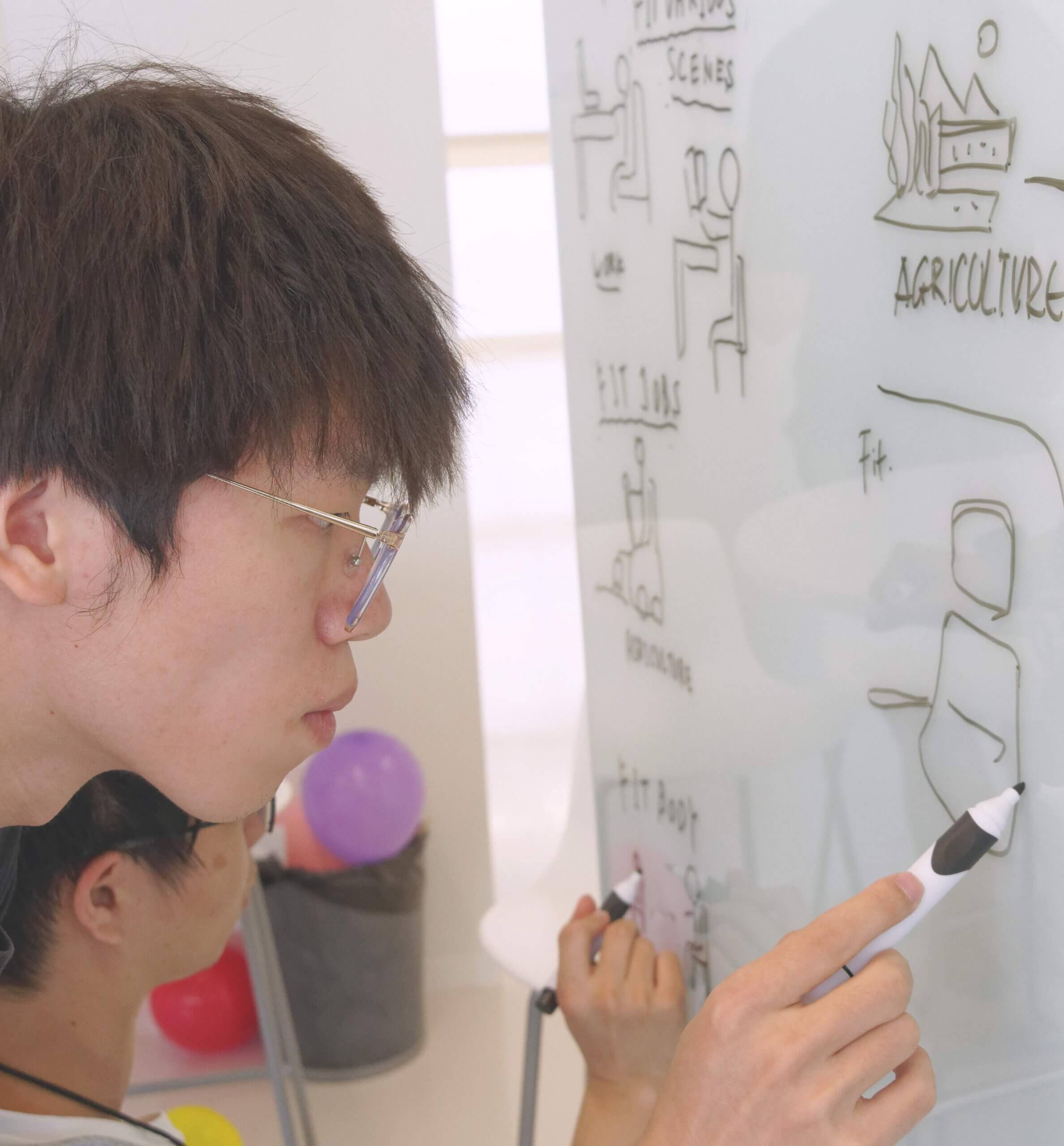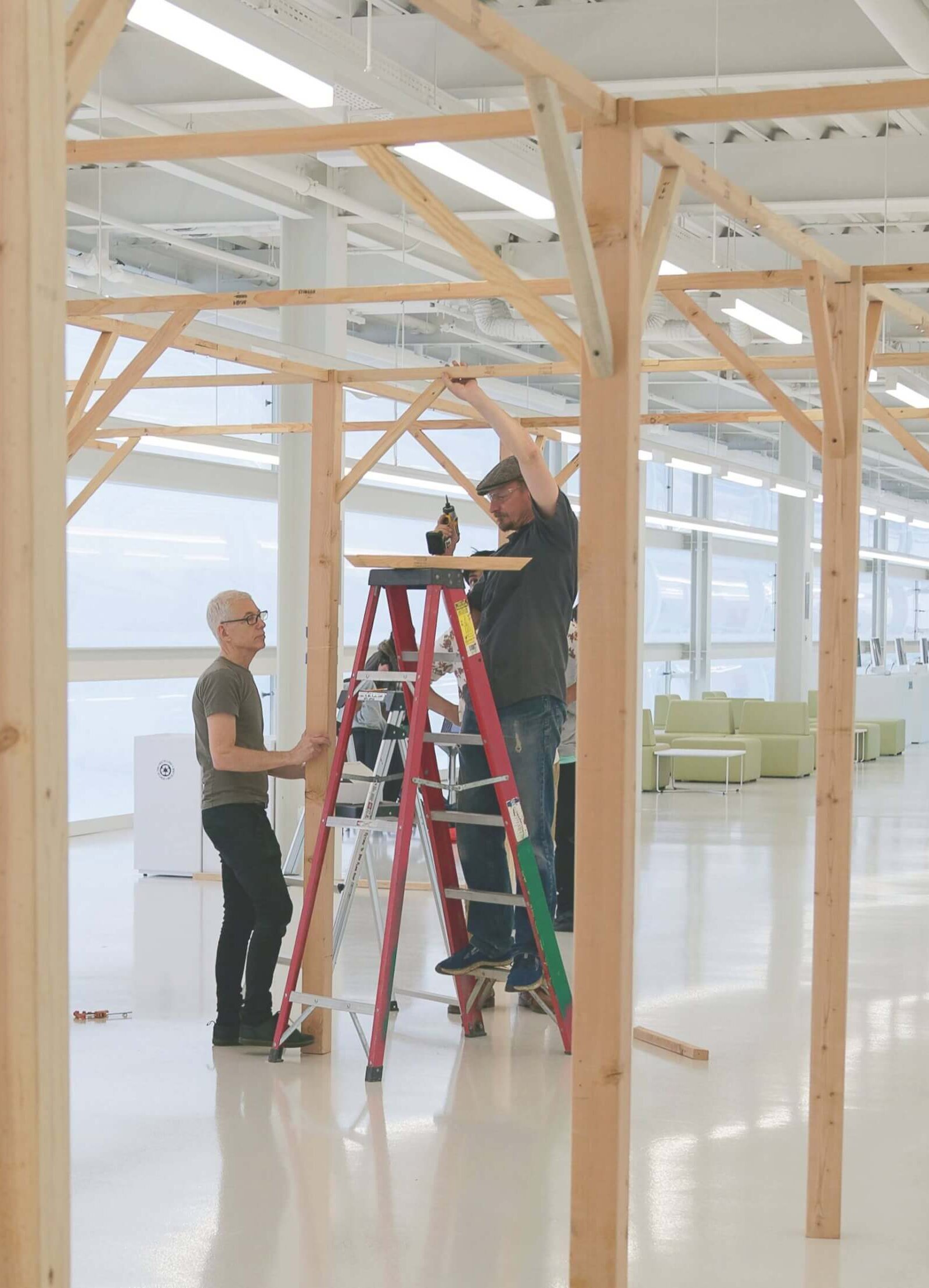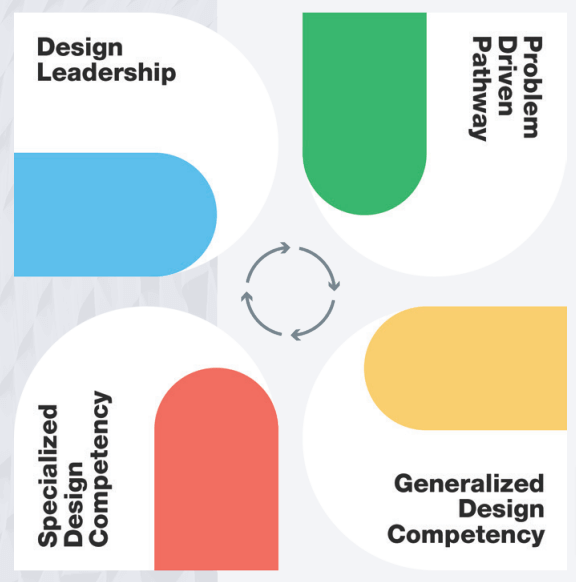2020 Report: Lead with Purpose
Lead with Purpose:
Design’s Central Role in Realizing Executive Vision
Nearly all professionals today recognize the burgeoning popularity of design thinking and generally accept that successful organizations—genuinely forward-looking ones—need design. Most organizations, though, have yet to make a place for design that engages its full power, not only at the initiative level, but also at the enterprise level. And most organizations have yet to determine everything they need to do to generate and sustain that power.
In the Institute of Design’s 2020 report, ID researchers assert that the value of design has already been demonstrated and focus instead on how design can deliver the greatest value to organizations: by making executive vision a reality.
They identify seven critical trends that will frame the future of organizations, underscore the importance of going beyond customer-centricity, introduce the Intent-to Effect-Pathway, clarify how to scale design operations, and introduce sample job descriptions for four future roles of designers.

Contents


Step 1:
Ask, Listen, and Learn
Design offers great value to organizations. Recent reports from Fjord, InVision, and McKinsey have clearly and quantifiably demonstrated why design makes good business sense. At the Institute of Design, we wanted to take the next practical, aspirational step:
Design—not why, but how?

Step 2:
Grasp Two Vital, Urgent Truths About Design—and What They Mean for Your Organization
Setting off on a new pathway requires conviction and informed leadership. What are the realities driving necessary change in your organization? The Lead with Purpose report identifies two essential truths about design today. Grasping them will help you make the most of design’s role in your organization—and give you a competitive edge.

Step 3:
Map Your Pathway from Intent to Effect
Strategists have come to talk about “design thinking,” with its roots in human-centered design, as a way of reorienting the organization toward customer-centricity, but really every practice within an organization is a way of thinking. Design is thinking, just as strategy is thinking.
We don’t interpret our findings as calls for any expertise to overwhelm any other. As you will see in this report, you don’t need to shift everyone to thinking design (or design thinking) so much as integrate design competencies throughout your organization in order to achieve a desired effect.

Step 4:
Scale Your Design Operations
So far, we’ve addressed the question of why and how the design function and roles within organizations must change and adapt to address the increasingly complex challenges of today.
The next question: how can we scale design for maximum value?

Step 5:
Remove All Barriers and Pave the Intent-to-Effect Pathway Within Your Organization
Expanding design’s role to provide efficacious leadership on the Intent-to-Effect Pathway requires the adoption of new behaviors and competencies—always an exercise in courage.

Step 6:
Lead the Way
We can’t offer you an exact prescription for how to structure, plan, or hire for the new era of design in your organization. Much will depend on where you’ve been, where you are now, and where you see the winds of change blowing in your industry.
Right now design is an underused asset within organizations. To achieve greater scale and impact, design must mature in step with the trends and opportunities discussed in this report. Design needs to become accountable for a functional outcome of the organization.

Research Methods & Team
The 2020 Lead with Purpose report was the outcome of 51 one-on-one, 60-minute interviews with US design and/or business practitioners. Find more information about our researchers, research participants, research sponsors, and sources.

